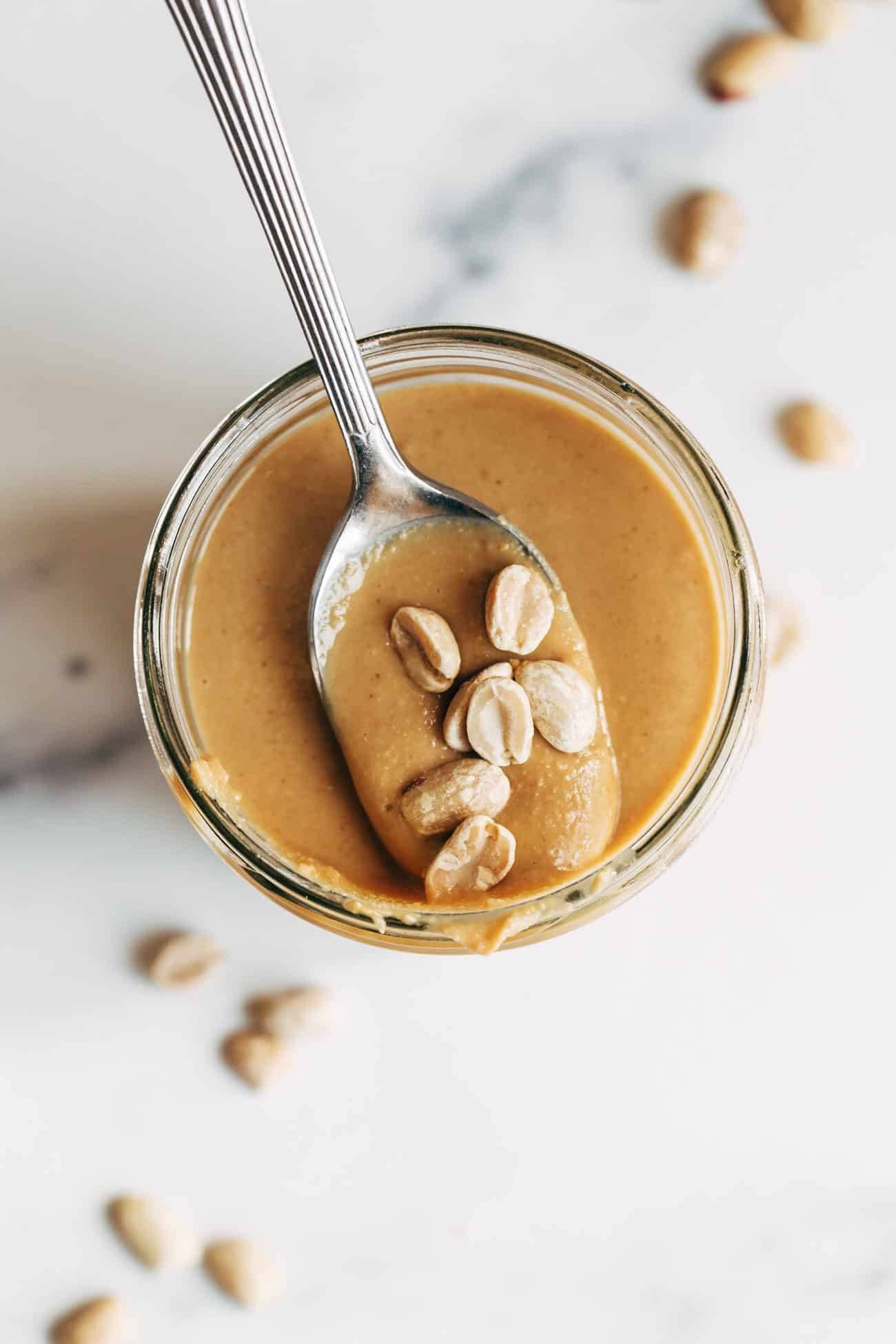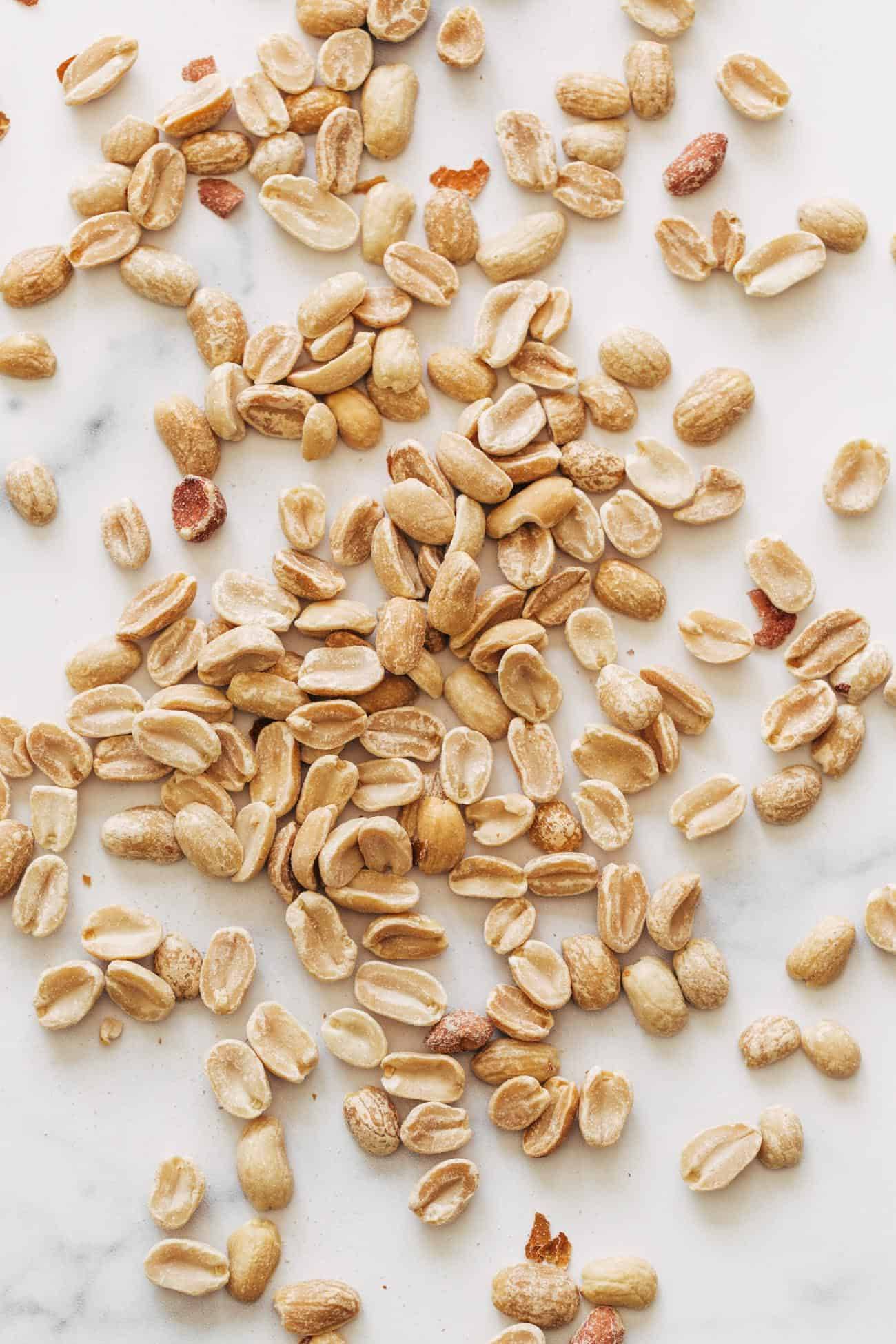View a machine-translated version of the Japanese article. Do not translate text that appears unreliable or low-quality. If possible, verify the text with references provided in the foreign-language article. You must provide copyright attribution in the edit summary accompanying your translation by providing an interlanguage link to the source of butter mochi translation.
Mochi donuts, also known as poi mochi, are a fusion pastry crossing traditional American doughnuts and Japanese mochi. The mochi donuts’ “hybrid batter makes for a doughnut that is fluffy and moist, with a satisfying chew”. One of the earliest iterations of mochi donuts can be traced to the development of “poi mochi” by Charmaine Ocasek in Hawaii in 1992. This iteration of the hybrid confection was popularized in Japan before spreading to the United States via Hawaii.
The Mister Donut style uses tapioca flour and produces mochi donuts that are easy to pull apart. Another variation developed in the United States uses glutinous rice flour which produces a denser mochi donut akin to Hawaiian-style butter mochi. Although mochi donuts can be made by hand, for more efficiency most bakeries opt for machines that mold the dough into the traditional ring shape with a plunger and drops it directly into the oil. Mochi donuts can be found in various flavors and colors. Similar to “regular donuts, mochi donuts typically feature classic, buttery vanilla dough”. Originally prevailing in Asia, mochi donuts rapidly gained popularity across the United States in recent years, encouraged by social media. Mochi doughnuts are sweet, chewy and delightfully uniform”.


Mochi Donuts: What Are They Plus How to Make Them”. Mochi Donuts Are the Japanese and American Pastry Hybrid Sweeping the Nation”. How to Make Crispy, Chewy Mochi Doughnuts at Home”. Never heard of a mochi donut, or dying to get your hands on one?
Either way, a Sartell baker has you covered”. Mochi Doughnut Craze Coming to Convoy”. Where to Bite Into Chewy, Fried Mochi Doughnuts in North Texas”. Feast your eyes on these unique donuts”.
Pon de Ring Donut Recipe ポンデリング”. Japanese fashion doll, Licca visits Mr. Mochi Donut Recipe: How to Make Matcha Mochi Donuts”. International Flavor, Local Ingredients: Get Your Mochi Donut Fix in the Bay”. Butter is a dairy product made from the fat and protein components of churned cream. Most frequently made from cow’s milk, butter can also be manufactured from the milk of other mammals, including sheep, goats, buffalo, and yaks.
Butter is a water-in-oil emulsion resulting from an inversion of the cream, where the milk proteins are the emulsifiers. It generally has a pale yellow color, but varies from deep yellow to nearly white. Churning cream into butter using a hand-held mixer. Unhomogenized milk and cream contain butterfat in microscopic globules.
Churning produces small butter grains floating in the water-based portion of the cream. This watery liquid is called buttermilk—although the buttermilk most common today is instead a directly fermented skimmed milk. Butterfat is a mixture of triglyceride, a triester derived from glycerol and three of any of several fatty acid groups. Chart of milk products and production relationships, including butter. Before modern factory butter making, cream was usually collected from several milkings and was therefore several days old and somewhat fermented by the time it was made into butter. Butter made from a fermented cream is known as cultured butter.
Dairy products are often pasteurized during production to kill pathogenic bacteria and other microbes. Butter made from pasteurized fresh cream is called sweet cream butter. Cultured butter is preferred throughout continental Europe, while sweet cream butter dominates in the United States and the United Kingdom. Cultured butter is sometimes labeled “European-style” butter in the United States, although cultured butter is made and sold by some, especially Amish, dairies.
